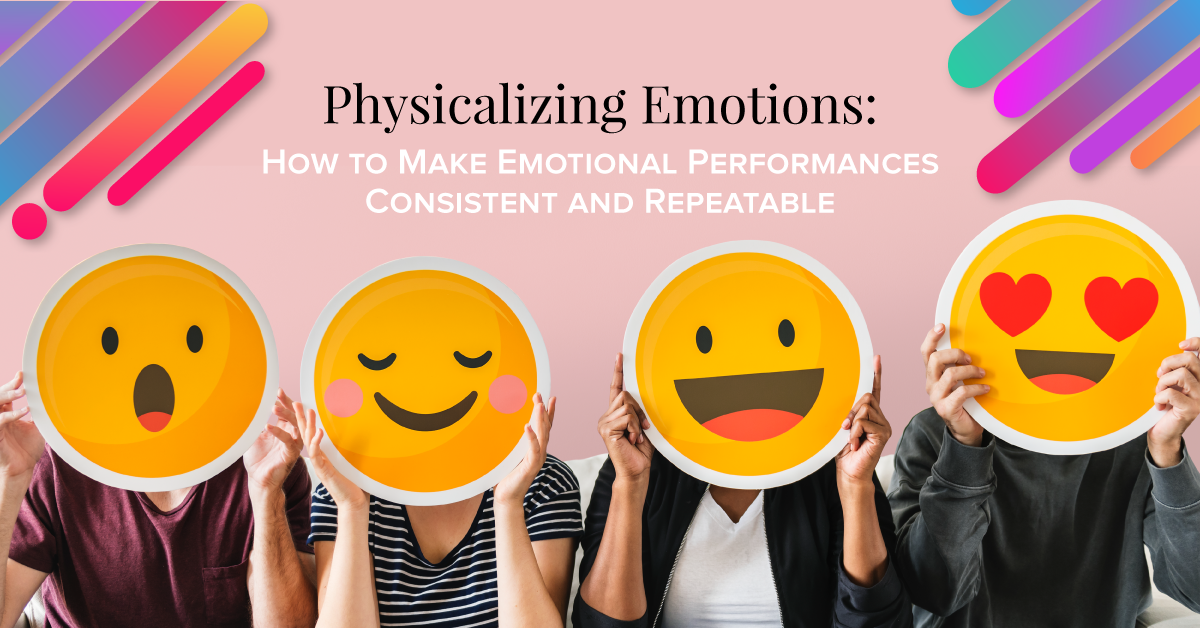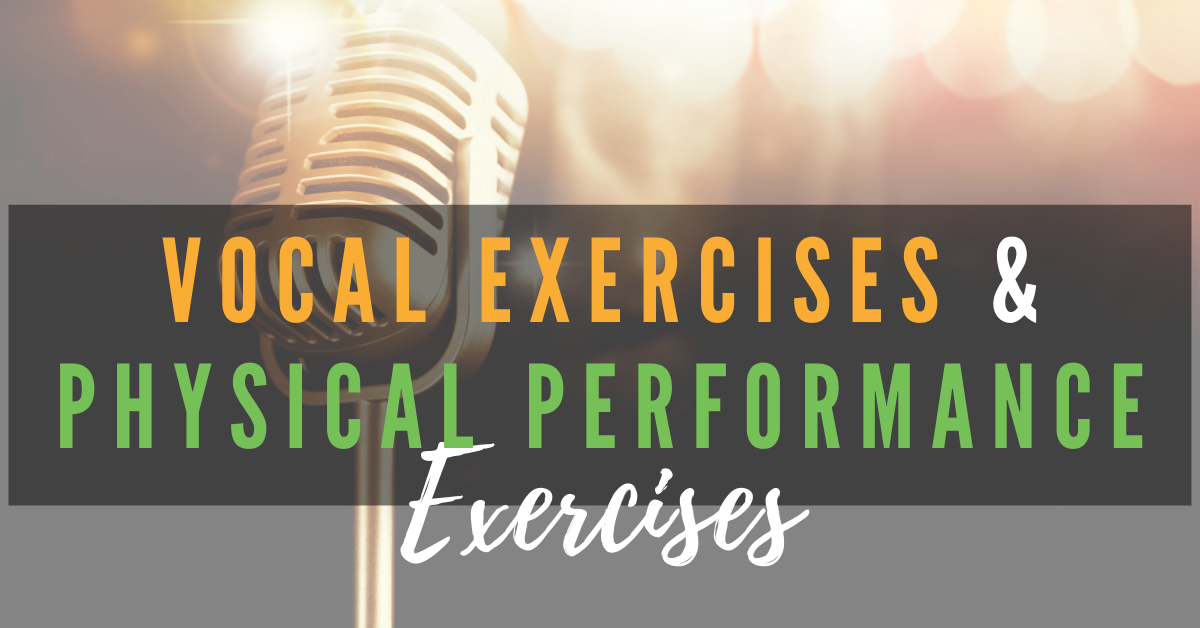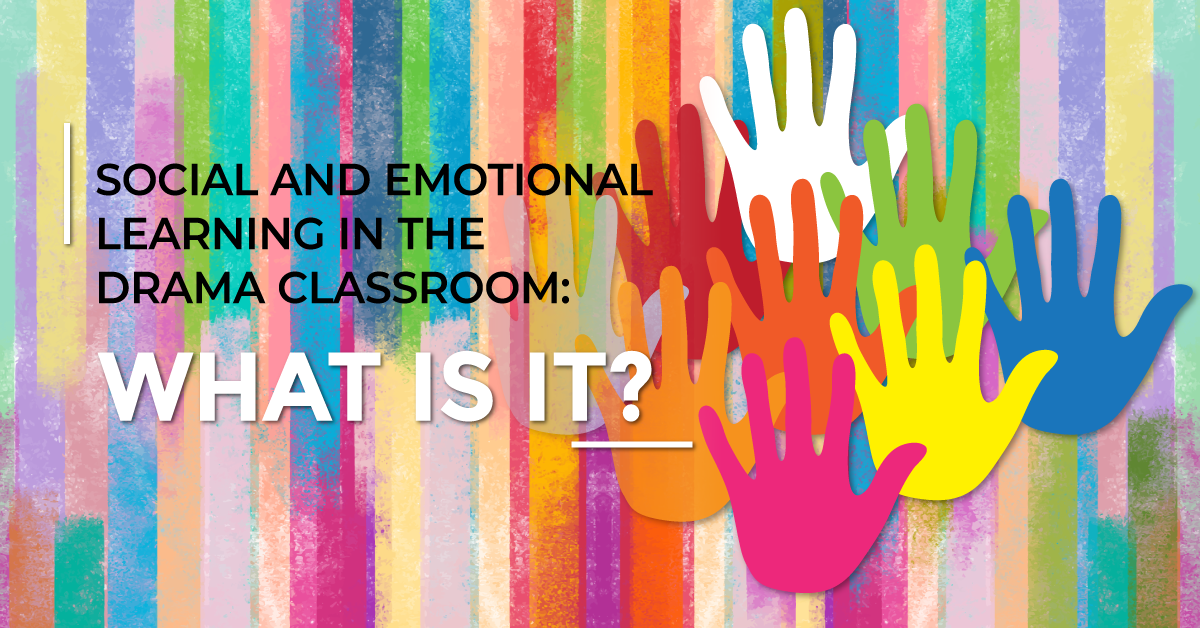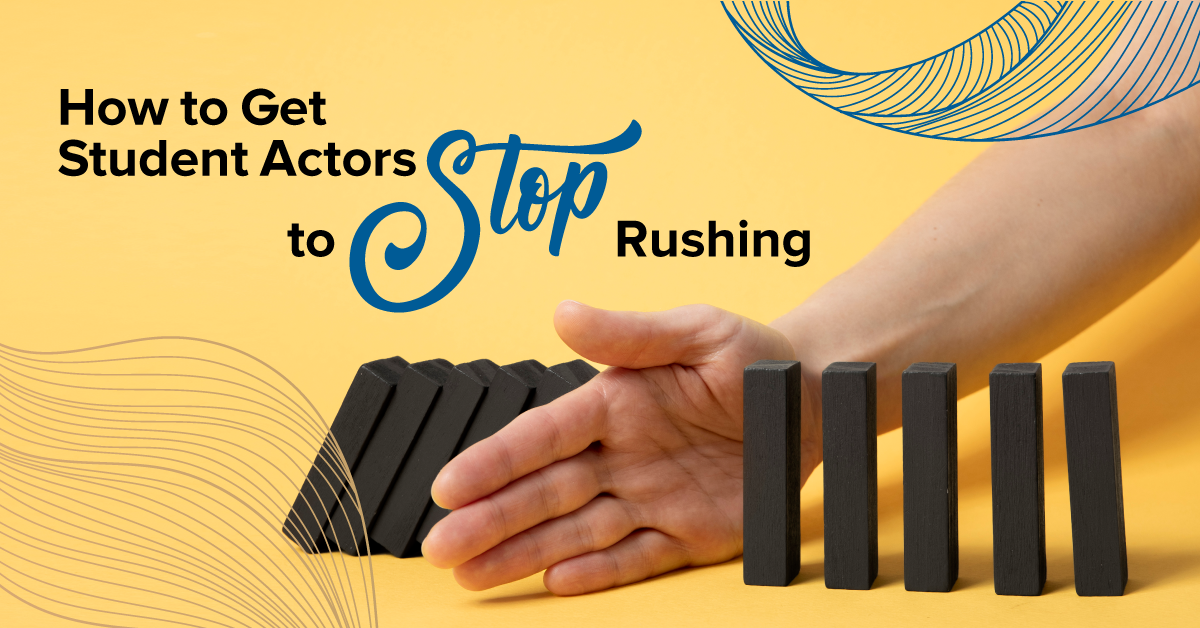Physicalizing Emotions: How to Make Emotional Performances Consistent and Repeatable
Do you want your students to show you MORE onstage during a heightened emotional scene? “Joshua, can you be more sad here?” “Sannah, I think your character needs to be more angry right now.” “Lise, I need you to show more excitement at this moment.” You may be on the receiving end of confused looks or blank expressions after giving directions like that. It could be that your students don’t know HOW to show these big emotions onstage. “More” is vague, and it’s different for everyone. What your students think is more might not be “more enough” for the scene.
Some actors employ a technique where they think about their own experiences to inform their character’s emotional reactions and achieve a similar performance. In other words, they think of a time when they felt a heightened emotion (sad, angry, excited, etc.) and use that feeling to drive their performance. For example, if they are portraying a character that is feeling heartbroken, they might think about a time when they themselves were rejected by a crush.
This technique can be effective, but difficult for young or inexperienced students to use. Some students may lack the applicable life experiences. Other students may find delving into their past experiences upsetting or even traumatic. Having to bring up those feelings each time they perform the scene can pile on the stress and blur the lines between the student and the character. It can also lead to inconsistent performances. One day your student might feel great, and their performance goes well. On a different day when the student is feeling more stressed than normal, having to bring up an emotionally challenging situation from their real life will only add to that stress. The performance might be heightened, or more subdued, or choppy, and the student will have to deal with even more troubling feelings when they leave the room at the end of class or rehearsal.
Try this technique with your students instead. Rather than leaning on personal experiences, give your students detailed and precise facial or body movements and gestures to physicalize the emotion they are attempting to portray. This can help make your students’ performances more consistent and repeatable, while avoiding causing stress or trauma. Physicalizing emotions allows you to demonstrate specifically what you want your student to do, while verbally describing what you’re doing and why.
Consider the following facial and body movements and how you could use them to portray different emotional states:
- Breathing (fast, slow, stuttered, deep, shallow, held, through mouth or nose)
- Posture (slumped, erect, leaning towards or away from someone else)
- Direction and intensity of gaze (at or away from scene partner, staring, unfocused, eye rolling)
- Proximity to scene partner (close, far away, moving around)
- Body tension (clenched or relaxed body parts such as teeth or fists)
- Speed of movement (fast, slow, varied)
- Additional movements and gestures such as winking, blinking, moving/flailing limbs, hair tossing, shrugging, nodding or shaking head, mouth movements and sounds (yawning, tongue clicking, pursing or licking lips, coughing), or pointing
When you’re giving directions to your students, try giving applicable physical directions for students to perform. For anger, students might clench their jaws and bare their teeth, or they might walk away from their scene partner, turn back quickly, and glare. The movements and gestures will vary from character to character and depend on what’s going on in the scene. Going back to the directions in the introduction, your more specific, physical directions might go something like this:
- Rather than “Joshua, can you be more sad here?” you might say “Joshua, try slowing your breathing down, slumping your shoulders, and looking away from Patricia.”
- Rather than “Sannah, I think your character needs to be more angry right now,” you might say “Sannah, when you say your line, move your face directly in front of Britton’s face, stare right at him, and clench your jaw and fists.” (Be sure that Sannah and Britton are ok with being in close proximity to each other.)
- Rather than “Lise, I need you to show more excitement at this moment,” you might say “Lise, after Terry says their line, try opening your eyes really wide, gasping, and then quickly covering your mouth with your hands.”
The physical directions are more clear and understandable than just, “Be more (sad, angry, excited, etc.),” and easier for your students to follow, both in the moment and in repeated performances of the scene. They also don’t depend on students delving into their past experiences to portray the emotions needed for the scene. As an added bonus, specific directions are easy for students to note in their scripts.
Don’t worry about student performances looking artificial or exaggerated (some people call this “hamming” or “mugging”) while trying this technique. At this point, we want our students to visibly portray consistent physical gestures. You can fine-tune the movements as they practice them so they look more natural. As students gain more experience, they’ll also come up with appropriate physical directions on their own, which is always wonderful to see!
Additional Resources:



